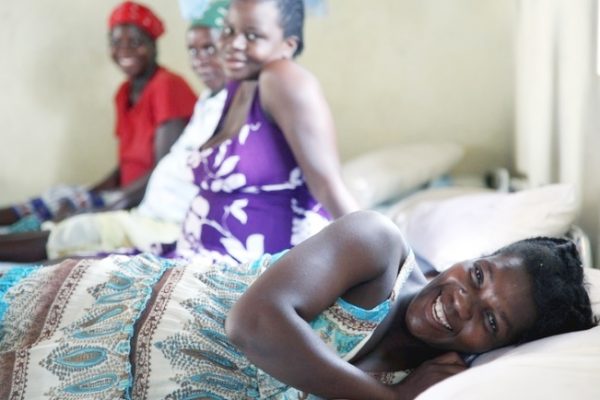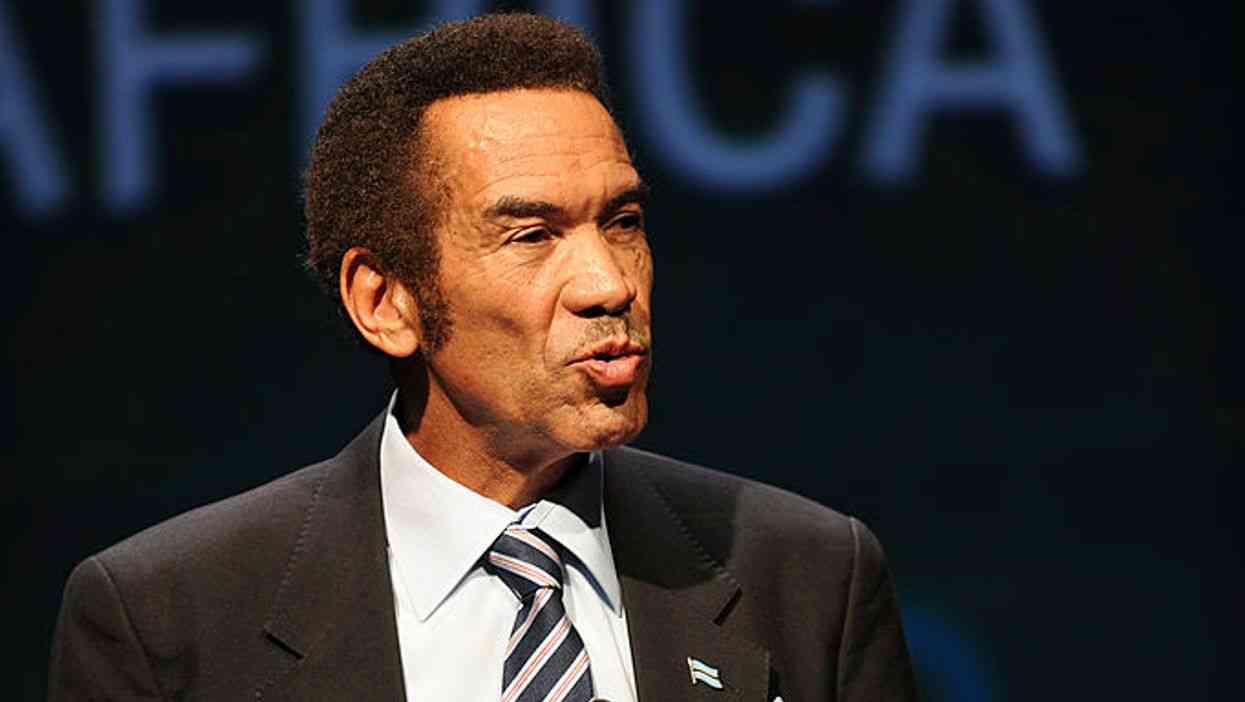
SHORTLY after Zimbabwe attained independence in 1980, government constructed maternity wings at all major hospitals, provided the necessary drugs and recruited well-trained midwives. At one time, government even abolished maternity fees at all health institutions, except central hospitals.
By Moses Mugugunyeki
However, over the past two decades the health standards in the country have fallen as experienced health personnel leave the country, a situation compounded by a marked reduction in fiscal allocation to the health sector.
For many women, antenatal care and institutional deliveries attended by skilled health workers have become a mirage as traditional health attendants became the only lifeline.
While traditional ways of giving birth are common in rural areas, the practice has also become prevalent in urban areas.
There is no official government position or policy regarding traditional birth attendants in Zimbabwe, but in some way government has embraced traditional birth practices. The launch of the safe motherhood programme in 1983 saw an estimated 15 000 traditional birth attendants trained to improve maternal health outcomes.
Gogo Chitora* of St Marys’ in Chitungwiza was among the first batch of traditional birth attendants in post-independence Zimbabwe and she said she is the preferred choice when it comes to delivery in her area.
“I am one of the few trained traditional birth attendants in this area,” she told The Standard Style last week.
- Chamisa under fire over US$120K donation
- Mavhunga puts DeMbare into Chibuku quarterfinals
- Pension funds bet on Cabora Bassa oilfields
- Councils defy govt fire tender directive
Keep Reading
“I have assisted thousands of women with services such as antenatal, delivery and post-natal care. Yes, there are complications here and there, but most of the mothers who deliver under my care do it safely.”
Gogo Chitora did not rule out maternal deaths.
“Like I said, there are complications here and there, but it’s very rare. We refer mothers to health centres for post-natal care,” she said.
The Standard Style established that some women are more comfortable giving birth at the hands of traditional birth attendants.
“The nurses’ demands are out of this world, so we end up seeking the help of gogo. There are a lot of bureaucracies at hospitals, including blood tests and other stuff, which makes some of us uncomfortable,” said one pregnant woman who spoke on condition of anonymity.
She said it was cheaper although risky to deliver outside hospital.
Zimbabwe, like any other developing country, is grappling with maternal mortality and traditional ways of delivery contribute a large chunk of deaths. The major causes of maternal mortality are bacterial infection, gestational hypertension, including pre-eclampsia and Hellp syndrome, obstetrical haemorrhage, ectopic pregnancy, puerperal sepsis, amniotic fluid embolism, uterine rupture, renal failure, cardiac failure and hyperemesis gravidrum.
According to the 2015 Zimbabwe Demographic and Health Survey (ZDHS), Zimbabwe’s maternal mortality rate stands at 651 deaths per every 100 000, which is a reduction from the 725 per 100 000 recorded in 2009. Despite such progress, Zimbabwe’s maternal mortality rate is still one of the highest in the world.
Health experts say skilled birth attendance during delivery is a key strategy in the reduction of maternal deaths. The World Health Organisation defines a skilled attendant as an accredited health professional — such as a midwife, doctor, or nurse — who has been educated and trained to be proficient in the skills needed to manage normal (uncomplicated) pregnancies, childbirth and the immediate postnatal period and in the identification, management and referral of complications in women and new-borns.
Community Working Group on Health director, Itai Rusike said there was need for government to embrace traditional births attendance.
“Traditional births attendants exist in both urban and rural areas. What government needs to do is to capacitate and train these people in maternal hygiene and other skills,” he said.
Rusike said while government policy encouraged skilled birth attendance during delivery, there were obstacles in the health care system that hindered people from seeking the services of health institutions.
“There are certain barriers that need to be addressed to allow some people to go and give birth at health centres; this can be something to do with culture,” Rusike said.
He said the other reason why people sought the services of traditional birth attendants was the shortage of health centres.
“In some rural areas and marginalised communities, especially along the borders, health facilities are far away, which forces people to go to the traditional birth attendants,” he said.
According to the 2015 ZDHS, maternal health care trends are showing progress in the country, since the 2010.
“Skilled birth attendance at delivery has never been this high and the country is on the right track to achieve the 2020 target of 90% of women undergoing four ANC visits,” reads the report.










